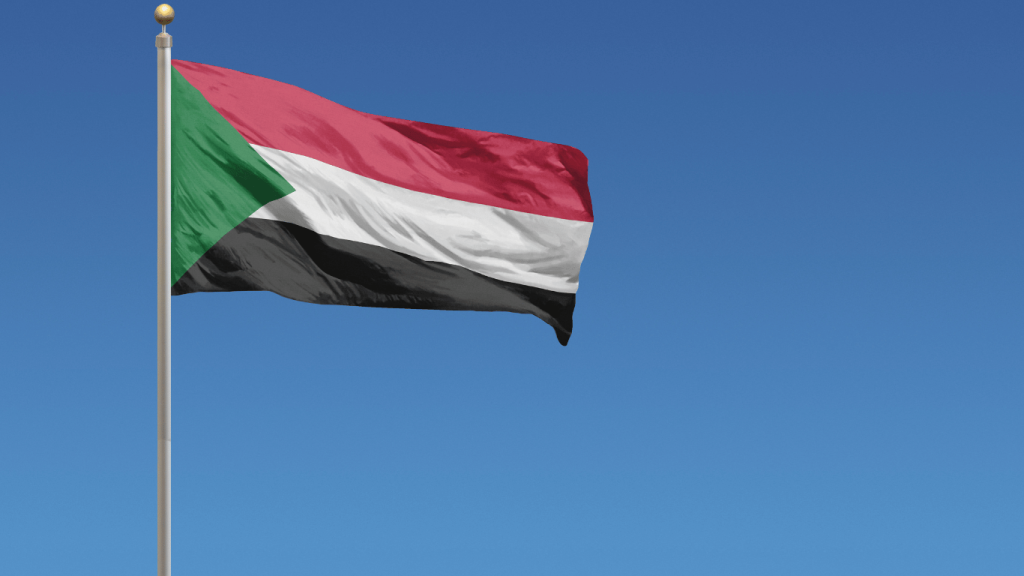Table of Contents
The Morocco flag proudly hoisted across the vibrant landscapes of this North African gem, represents the nation’s rich heritage and profound cultural significance. This sacred emblem tells a story of resilience, unity, and the indomitable spirit of the Moroccan people. In this comprehensive article, we will delve deep into the captivating history, symbolism, design, and cultural significance of the Moroccan flag, celebrating its profound influence on the nation and its people.
1. The History of the Morocco Flag

The history of the Moroccan flag dates back to ancient times when various dynasties and empires ruled over the region. However, the modern Morocco flag we know today was adopted on November 17, 1915, during the reign of Sultan Yusef. The flag’s design embodies a synthesis of the country’s diverse cultural heritage and the struggles endured throughout its history.
2. The Design and Colors of the Moroccan Flag

The Morocco flag consists of a vivid red field with a green pentagram in the center. Red, the dominant color, symbolizes bravery, strength, and courage, reflecting the indomitable spirit of the Moroccan people. Green, the color of Islam and nature, represents hope, fertility, and prosperity. The five-pointed pentagram, often associated with mysticism and spirituality, holds deep significance within Moroccan culture, representing the five pillars of Islam.
3. Symbolism and Cultural Significance
The Moroccan flag embodies numerous symbols and cultural significance deeply ingrained in the hearts of the Moroccan people. It serves as a powerful reminder of the country’s Islamic faith, emphasizing Morocco’s commitment to its religious and cultural heritage. The flag also signifies unity, reminding Moroccans of their collective identity and shared destiny.
4. The Moroccan Flag and National Holidays

The Moroccan flag takes center stage during significant national holidays and events, serving as a unifying symbol for the nation. On occasions such as Independence Day and Throne Day, the flag is proudly displayed across the country, evoking a sense of national pride and celebrating the Moroccan people’s triumphs and aspirations.
5. Flag Etiquette and Protocol
In Morocco, the flag is regarded with utmost respect and reverence. There are specific guidelines and protocols governing its display and handling. It is important to adhere to these protocols to honor the flag’s significance properly. For instance, the flag should never touch the ground, and it should be hoisted and lowered with dignity and care.
6. The Moroccan Flag in Arts and Culture

The Morocco flag’s visual appeal and symbolic power have inspired artists and creatives across various disciplines. From paintings and sculptures to fashion and interior design, the flag’s colors and design elements have found their way into numerous artistic expressions, showcasing the deep-rooted influence of this emblem in Moroccan culture.
7. The Moroccan Flag and Tourism

The allure and mystique of Morocco’s rich cultural heritage, including the Moroccan flag, greatly influence tourism in Morocco. Tourists from around the world are captivated by the vibrant colors of the flag and the stories it represents. They can see the flag adorning public spaces, markets, and tourist attractions, which adds an extra layer of authenticity to the Moroccan experience.
8. Promoting Cultural Awareness through the Moroccan Flag

The Morocco flag plays a pivotal role in fostering cultural awareness and appreciation both within the nation and beyond its borders. Its powerful symbolism acts as a bridge between Moroccan communities worldwide, connecting them through shared values, traditions, and aspirations. The flag serves as a visual ambassador for Moroccan culture, inviting others to explore and embrace its beauty.
9. The Moroccan Flag and International Relations (continued)
On the global stage, the Moroccan flag stands tall, representing the nation’s diplomatic relations and international engagements. During official visits, international conferences, and sporting events, Morocco proudly displays its flag, actively symbolizing the country’s commitment to cooperation, peace, and mutual understanding with other nations. The flag serves as a visual emblem that showcases Morocco’s unique identity and its contributions to the global community.
10. Preserving the Integrity of the Moroccan Flag
Preserving the integrity of the Moroccan flag is of paramount importance to ensure its longevity and continued significance. The Moroccan government and various organizations diligently uphold the standards of the flag, ensuring that they produce it with the utmost quality and adhere to the approved design and color specifications. Additionally, they make efforts to educate the public about the importance of the flag and its proper usage.
Conclusion
The Morocco flag stands as a proud symbol of the nation’s rich heritage, cultural diversity, and unwavering spirit. With its vibrant colors, powerful symbolism, and deep-rooted cultural significance, the flag represents the Moroccan people’s identity, history, and aspirations. It unifies the nation, inspires artistic expression, promotes cultural awareness, and serves as a visual ambassador on the international stage. The Moroccan flag is a testament to the enduring pride, unity, and resilience of the Moroccan people, transcending borders and captivating hearts around the world.

